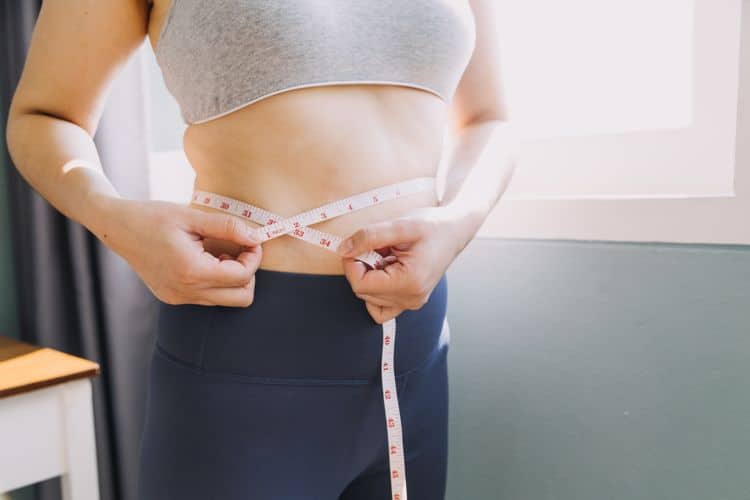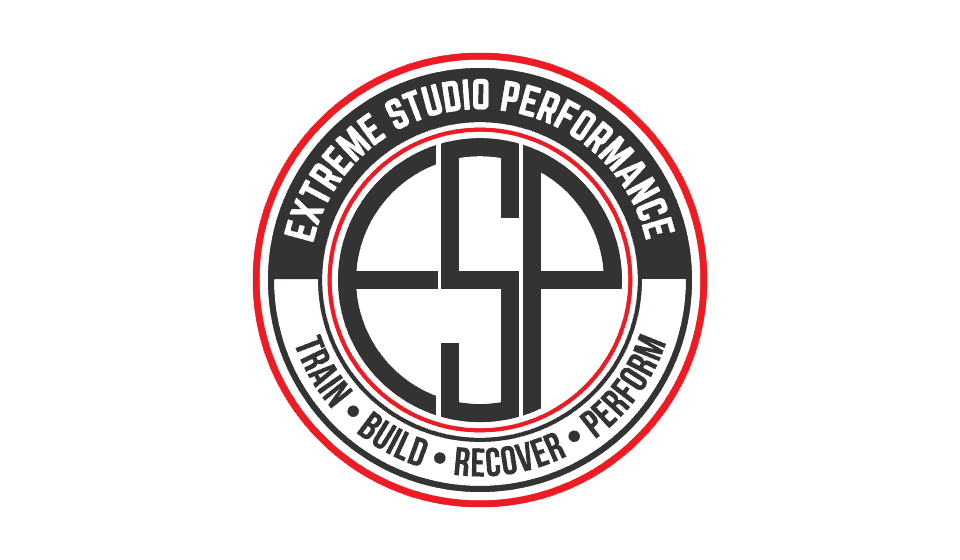
Losing fat and gaining muscle are two of the main reasons why many people start exercising. What if you want to do both at the same time?
This is called body recomposition. Basically, you’re trying to change the “composition” of your body in terms of how much fat and muscle you have. It can be challenging to balance the two goals, but losing fat while gaining muscle can improve your health and fitness more than just trying to lose weight or build muscle by themselves.
 Different Than Weight Loss
Different Than Weight Loss
Often when people start working out, they look at the scale to tell them if they’re losing fat. The problem is, most scales can’t tell the difference between fat and muscle. You might actually lose weight without getting healthier if you’re losing muscle instead of fat. Or you could stay at a steady weight or gain some weight if you’re building muscle.
Muscle is denser than fat, meaning a pound of muscle takes up less space on your body than a pound of fat. Someone who is super fit and lean might have a Body Mass Index (BMI) that classifies them as “overweight” but still be healthy because they have more muscle than fat. BMI can have its uses, but it’s not a good measure of whether an individual has a healthy level of muscle compared to fat.
When you’re trying to lose fat and gain muscle at the same time, your weight and your BMI aren’t going to give you an accurate picture of whether you’re reaching your goals. With body recomposition, your physique changes, but not necessarily your weight.
The Role of Nutrition
If you just want to lose weight, then the goal is to eat at a caloric deficit, so you burn more calories than you’re taking in. But if you want to lose fat and gain muscle, it’s more about what you eat than trying to eat less.
There are two basic keys to eating for body recomposition: fewer calories and more protein. You need fewer calories overall to lose fat, but you’ll also need more protein to help build muscle. We talked more about the role protein plays in weight loss and muscle building in these articles: “Understanding the Link Between Protein and Weight Loss” and “Macronutrient Three: Protein.”
Body recomposition is a long-term plan rather than a fad diet. Finding the right balance of protein and calories from other healthy foods is a highly individual thing. Nutrition Coaching, which we offer here at Extreme Studio Performance, can help with this.
Making Fitness Changes
Nutrition and exercise are the two pillars of body recomposition. You’ll want to do a blend of cardiovascular exercise to help burn fat and resistance training to help build muscles. As with nutrition, the exercise component of body recomposition involves long-term thinking. You probably won’t build muscle or lose fat as quickly as you would if you were only focusing on one of those goals at a time.
The specifics of how to balance calories and exercise for body recomposition depend on the individual. One example is calorie cycling: eating at a calorie deficit on the days you do cardio to lose weight and eating slightly more calories than you need (by adding more protein) on the days you do strength training to build muscles.
Working with a personal trainer—either one-on-one or in a group class—is a great way to meet your goal to lose fat and gain muscle at the same time. Here at Extreme Studio Performance, we know that every body is different. There’s no one-size-fits-all approach to fitness, and we work with individuals to help you come up with fitness plans that work for your body and your goals.
